The war in Yemen refuses to wind down, despite the extension of a Saudi unilateral cease-fire for a month and extensive efforts by the United Nations to arrange a nationwide truce. The takeover of the southern port city of Aden last weekend by southern separatists will exacerbate the already chaotic crisis in the poorest country in the world. The United States needs to get much more involved to avert the worst.
Aden was the capital of the People’s Democratic Republic of Yemen (PDRY) from 1968 to 1990. The PDRY emerged from a vicious war against the British colonial regime in the late 1960s backed by Egypt and Russia, a miniature Arabian Vietnam for London. The only communist state in the Arab world, the PDRY went bankrupt when the Soviet Union collapsed and very reluctantly merged with the northern Republic of Yemen, run by Ali Abdullah Saleh.
Since the current war began five years ago, Aden has been the nominal capital of the Saudi-backed government of Abdrabbuh Mansur Hadi, although he remains in Riyadh. The separatist movement in the south has been pressing for independence as the war has turned into a quagmire.
The Southern Transitional Council (STC) has enjoyed the support of the United Arab Emirates. Abu Dhabi has sought to reduce its role in the war against the Houthis but retains considerable interest in Aden. Last November the Emiratis and Saudis worked out a compromise between the STC and the Hadi government to paper over their differences. The Riyadh agreement has now collapsed, a humiliating blow to the kingdom. The UAE has not endorsed the separatists’ takeover of Aden.
The Saudis retain some degree of control and influence in parts of the south — and especially the east, including Mahra and Hadrawmuat provinces as well as Socotra island. The separatists are likely to seek to expand their control outside Aden, making conflict likely.
Adding another confrontation to Yemen’s already confused politics is not going to help secure a comprehensive cease-fire or end to the Saudi blockade. It will encourage the Houthis to believe that the war is going their way and that the Hadi government is falling apart.
The Houthis have been winning on the battlefield in the north this year. They are closing in on the government’s last major stronghold in Marib. There are reports that the rebels are considering a major attack across the border, striking the Saudi city of Najran. It’s not clear that they have the capability for such an offensive, but it would be a major humiliation for the kingdom, especially for Crown Prince Muhammad Bin Salman, who is the architect of the Saudi war.
Lurking behind the fighting is the world worst humanitarian catastrophe. The Trump administration has cut aid to Yemen, citing Houthi interference in aid distribution. Already overwhelmed, the aid agencies are stretched thin. The pandemic is hovering over the country. Disaster looms.
Washington needs to urgently put its considerable weight behind the U.N. The Saudis need to lift the blockade completely and without conditions, withdraw all troops from Yemen, and facilitate the opening of Yemen ports and airfields. Washington should also coordinate a massive global relief effort to get medicine and food to those in risk. It should open a direct dialogue with the Houthis, and perhaps another with the STC.
The Brookings Institution is committed to quality, independence, and impact.
We are supported by a diverse array of funders. In line with our values and policies, each Brookings publication represents the sole views of its author(s).

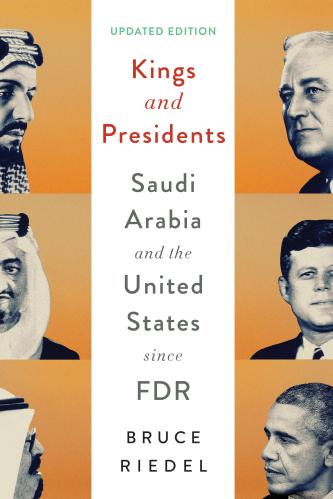

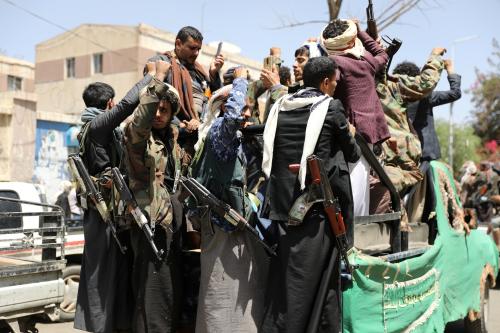
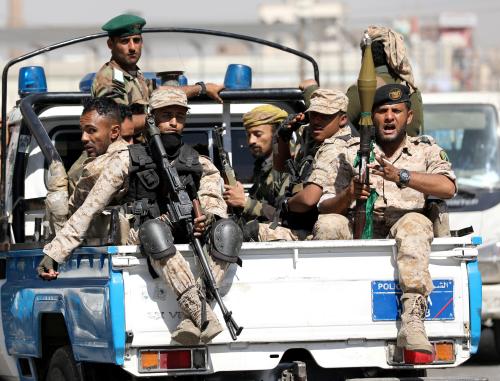
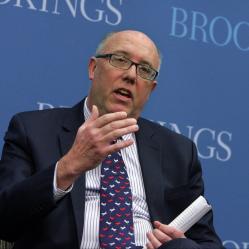
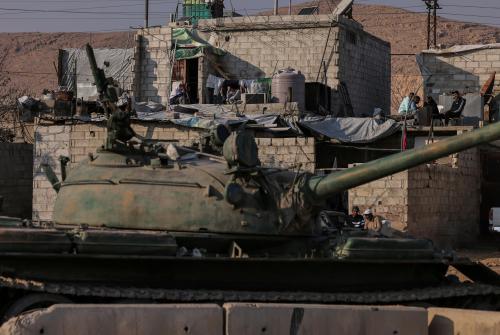
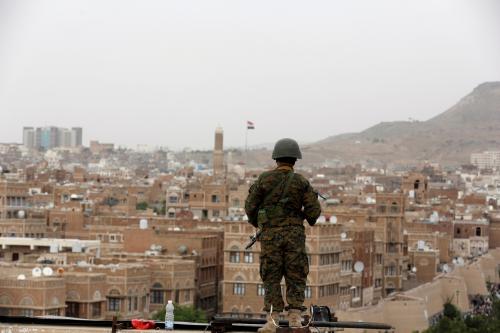
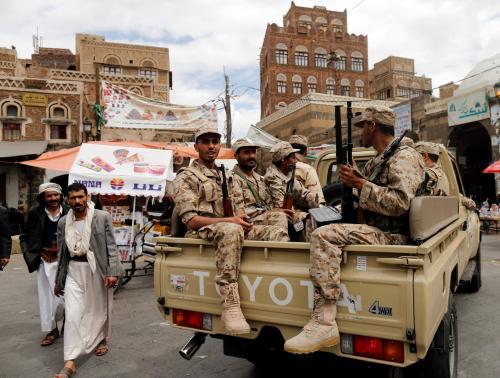
Commentary
Following the separatist takeover of Yemen’s Aden, no end is in sight
April 28, 2020